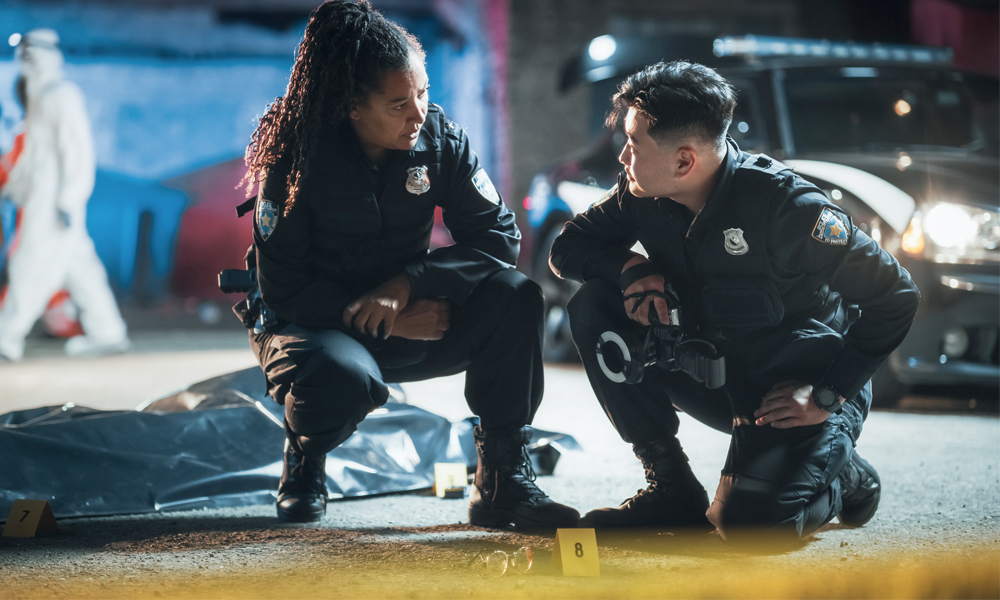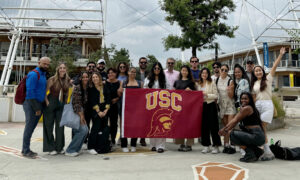Demographically diverse teams of police officers could reduce excessive use of force against citizens, and an underlying reason might be the mistrust among team members stemming from their differences, according to recent research from Danyao Li, assistant professor at the USC Sol Price School of Public Policy.
Diversity in race, ethnicity and gender of responding teams was associated with lower levels of force used against citizens in Dallas, Texas between 2013 and 2020, according to a study from Li and Indiana University Professor Jill Nicholson-Crotty. Teams with women and officers of color used less force than teams with just racial diversity, suggesting that gender may be the more important factor.

The findings – published in International Public Management Journal – point to a possible solution to help address excessive force used by some police officers, an issue that sparked mass protests across the country in 2020 following the murder of George Floyd. The authors also suggest an interesting theory: diverse teams may harbor some mistrust, which can subsequently reduce counterproductive work behavior – in this case, excessive force.
Officers may be more likely to escalate a situation and use greater force when they trust their colleagues to support – or at least not report – their conducts, Li said. Previous social psychology research has shown that people show more trust towards those with shared identities, such as race, gender and ethnicity, Li noted.
“For the purpose of detecting and preventing bad behavior, too much cohesion is probably not the best thing because it may reduce the incentive among members to monitor each other,” Li said. “In this situation, some levels of less cohesion and less trust is actually beneficial to expose the bad behavior.”
Li and Nicholson-Crotty tested their theory on police use of force because such incidents usually involve groups of officers. They examined nearly 14,000 interactions between citizens and police in Dallas, and categorized force into three categories: verbal commands, physical force and use of weapons.
The odds of police using the highest level of force (weapons) was 19.4% lower if the team had both women and people of color on it, compared to a group without any demographic diversity, the researchers found.
“We think that a sufficient level of diversity in police working groups can be a very powerful tool to address problems like excessive use of force or other types of police misconduct,” Li said. “This could be a solution that can be relatively easily leveraged or implemented by police managers.”
Research on work performance has typically examined ways to create positive outcomes, such as more clients served or units sold. This is one reason why team diversity – and the related lack of trust – often results in negative performance correlations, the study said.

Master of Public Administration Online
Advance Vital Institutions
Advance your career and the institutions you serve with our exceptional MPA online.
Find Out MoreBut Li and Nicholson-Crotty are now taking a different approach, exploring how demographic diversity can reduce negative behaviors. The theory could not only apply to excessive use of force, but other abuses of power, such as public corruption, Li said.
“It’s important, we think, to consider the reduction of some bad behavior as a desired performance outcome,” Li said.





